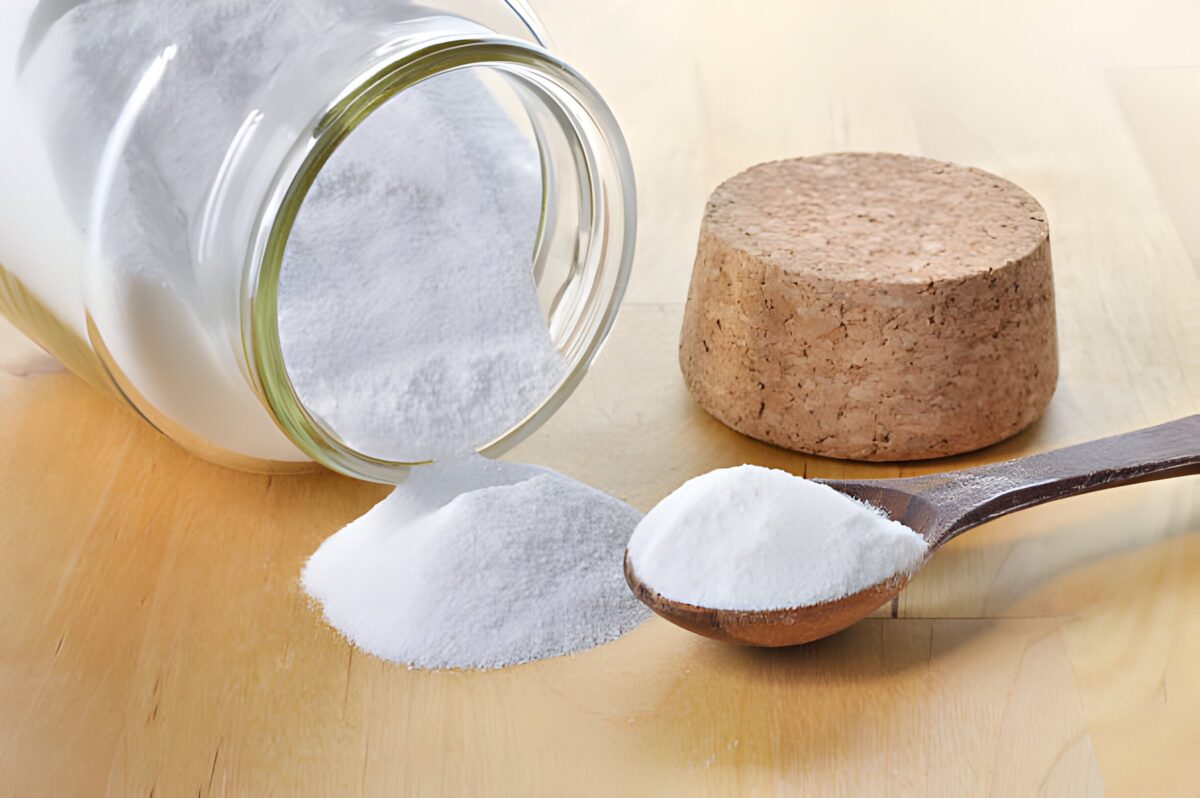Ventricular Fibrillation (VF) is a potentially fatal cardiac rhythm disorder. It can be classified as a type of arrhythmia that requires immediate medical intervention. However in some cases Ventricular Fibrillation becomes refractory. This means, it stops responding to standard treatments, which is defibrillation and medication.
This is where the role of Sodium Bicarbonate comes into play. Being a potential adjunctive therapy in refractory ventricular fibrillation, sodium bicarbonate treats metabolic acidosis. Apart from that it plays an important role in Advanced Cardiovascular life support (ACLS) for certain cases of refractory ventricular fibrillation.
In this comprehensive guide, we will find out how sodium bicarbonate helps in the management of refractory VF(Ventricular Fibrillation).
Master ACLS Now
Get ACLS certified with confidence
How can sodium bicarbonate help in the management of refractory VF?
Sodium bicarbonate, also known as Baking Soda has several medical applications. In fact it is used widely when administering CPR(cardiopulmonary resuscitation) in patients with Ventricular Fibrillation. As refractory VF doesn’t respond well to defibrillation, the use of sodium bicarbonate ensures timely intervention, when prompt action is required.
This is how sodium bicarbonate or baking soda helps in the management of refractory VF-
- Correction of Metabolic Acidosis: During prolonged cardiac arrest, metabolic acidosis often develops due to anaerobic metabolism and the accumulation of lactic acid. Sodium bicarbonate in cardiac arrest helps to buffer the excess hydrogen ions. This corrects the acidosis and improves the effectiveness of other resuscitation measures.
- Improvement in Cellular Function: Acidosis can impair cardiac cell function and responsiveness to defibrillation. By neutralizing the acidosis, sodium bicarbonate maintains better cellular function. It also greatly increases the chances of successful defibrillation.
- Enhancement of Drug Efficacy: Some resuscitation drugs, like epinephrine, may work more effectively in a less acidic environment. By reducing acidosis, sodium bicarbonate enhances the efficacy of these medications during CPR.
- Stabilization of Membrane Potentials: Acidosis can affect the electrical stability of cardiac cells, making them more refractory to defibrillation. Sodium bicarbonate helps stabilize the membrane potentials. This improves the likelihood of successful defibrillation.
- Reduction of Hyperkalemia: Hyperkalemia (high potassium levels) can develop during cardiac arrest and worsen VF. Sodium bicarbonate helps shift potassium into cells. This reduces serum potassium levels and eliminates its effects on the heart.
Read More: Ventricular Fibrillation: Causes, Symptoms, and Treatment
What are the steps to treat Ventricular Fibrillation as per ACLS guidelines?
Ventricular Fibrillation is a condition that is characterized by erratic electrical impulses in the heart. The erratic electrical impulses make the heart quiver ineffectively instead of pumping blood. To increase the patient’s chances of survival, prompt action is crucial. It is also important to follow the ACLS (Advanced Cardiovascular Life Support) guidelines. As per the ACLS guidelines these are the steps to treat Ventricular Fibrillation-
Read More: A Guide To Understanding ECG Artifacts
Immediate Recognition and Activation of Emergency Response:
- Confirm unresponsiveness and absence of normal breathing or pulse.
- Activate emergency response system and call for an automated external defibrillator (AED) or defibrillator.
Initiate High-Quality CPR:
- Start CPR with chest compressions at a rate of 100-120 per minute and a depth of at least 2 inches (5 cm) for adults.
- Minimize interruptions in chest compressions.
- Allow full chest recoil after each compression.
- Provide ventilations at a ratio of 30 compressions to 2 breaths if no advanced airway is in place. Otherwise, provide continuous compressions with 10 breaths per minute.
Defibrillation:
- As soon as the defibrillator/AED arrives, apply the pads and check the rhythm.
- If VF is confirmed, deliver a shock as quickly as possible.
- Resume CPR immediately after the shock, starting with chest compressions.
Continue CPR and Rhythm Checks:
- Perform CPR for 2 minutes (5 cycles of 30:2) before pausing to check the rhythm.
- If VF persists, deliver another shock.
- Continue this cycle of CPR and defibrillation. Check rhythm every 2 minutes.
Administer Medications:
- After the second shock, administer epinephrine (1 mg IV/IO every 3-5 minutes) during CPR.
- After subsequent shocks, administer amiodarone (300 mg IV/IO bolus for the first dose), and (150 mg IV/IO for the second dose) only if VF persists.
Advanced Airway and Capnography:
- Consider advanced airway management (endotracheal intubation or supraglottic airway).
- Confirm proper airway placement and monitor CPR quality and ventilation effectiveness using waveform capnography.
Post-Resuscitation Care:
- If return of spontaneous circulation (ROSC) is achieved, transition to post-cardiac arrest care.
- Focus on optimizing ventilation and oxygenation.
- Maintain blood pressure, identify and treat the underlying cause of VF.
Conclusion
In the management of refractory ventricular fibrillation, sodium bicarbonate plays a very important role. Even though it is not the recommended first line of treatment, the administration of sodium bicarbonate is particularly effective when there’s metabolic acidosis.
By proper clinical judgment and patient specifications, one can enhance the overall resuscitative efforts. Therefore it is important for healthcare professionals to understand the appropriate usage of sodium bicarbonate, as per the ACLS guidelines.







